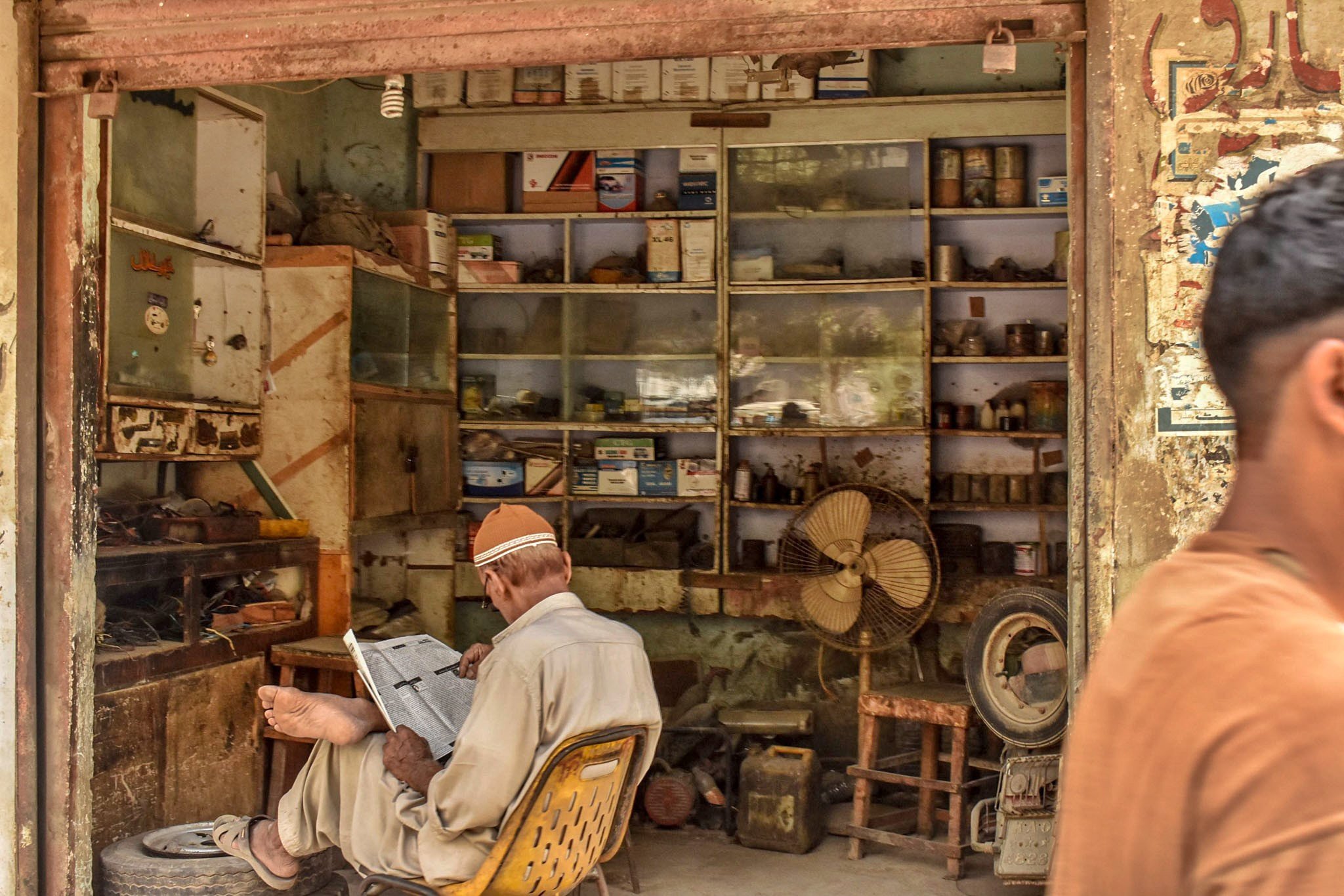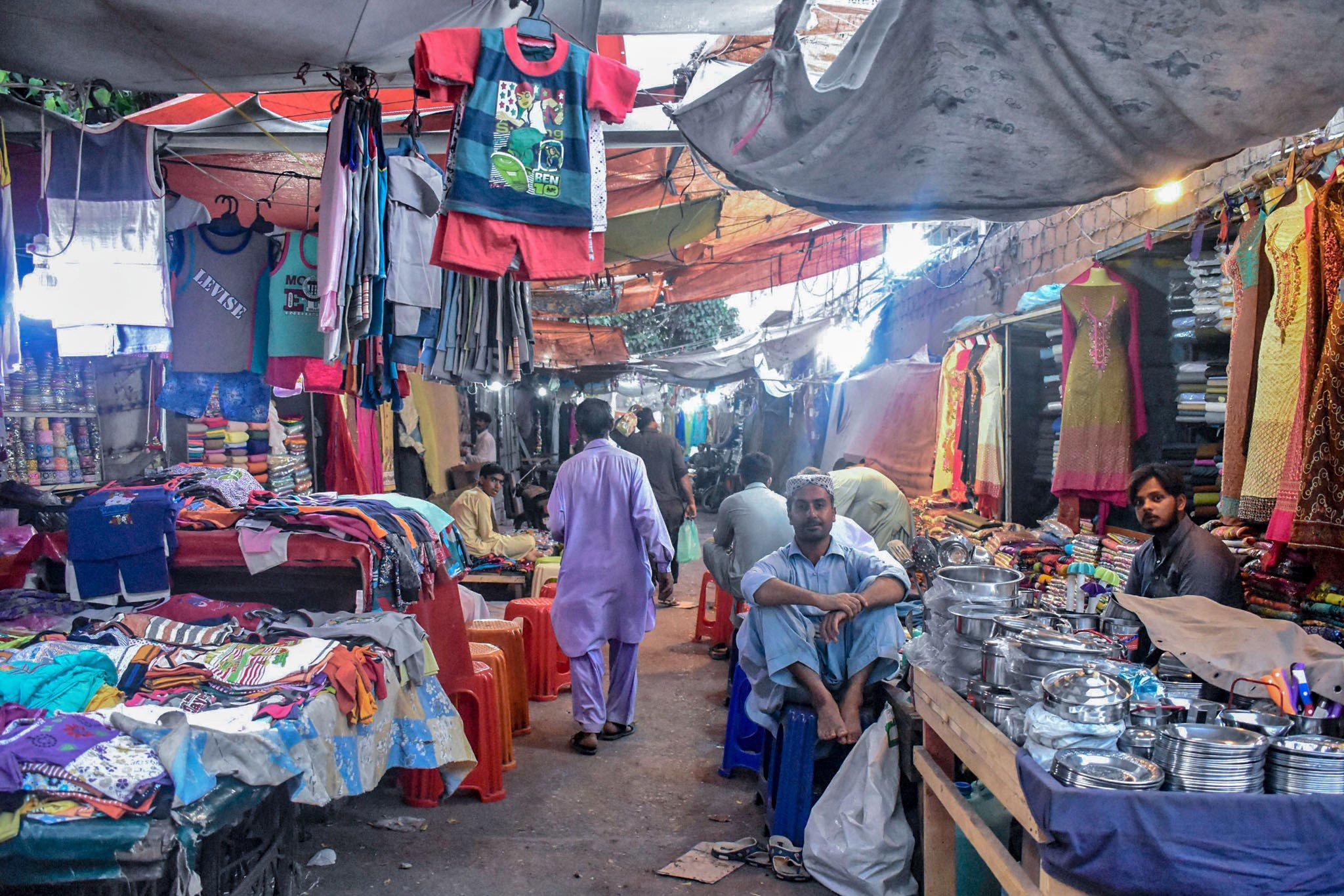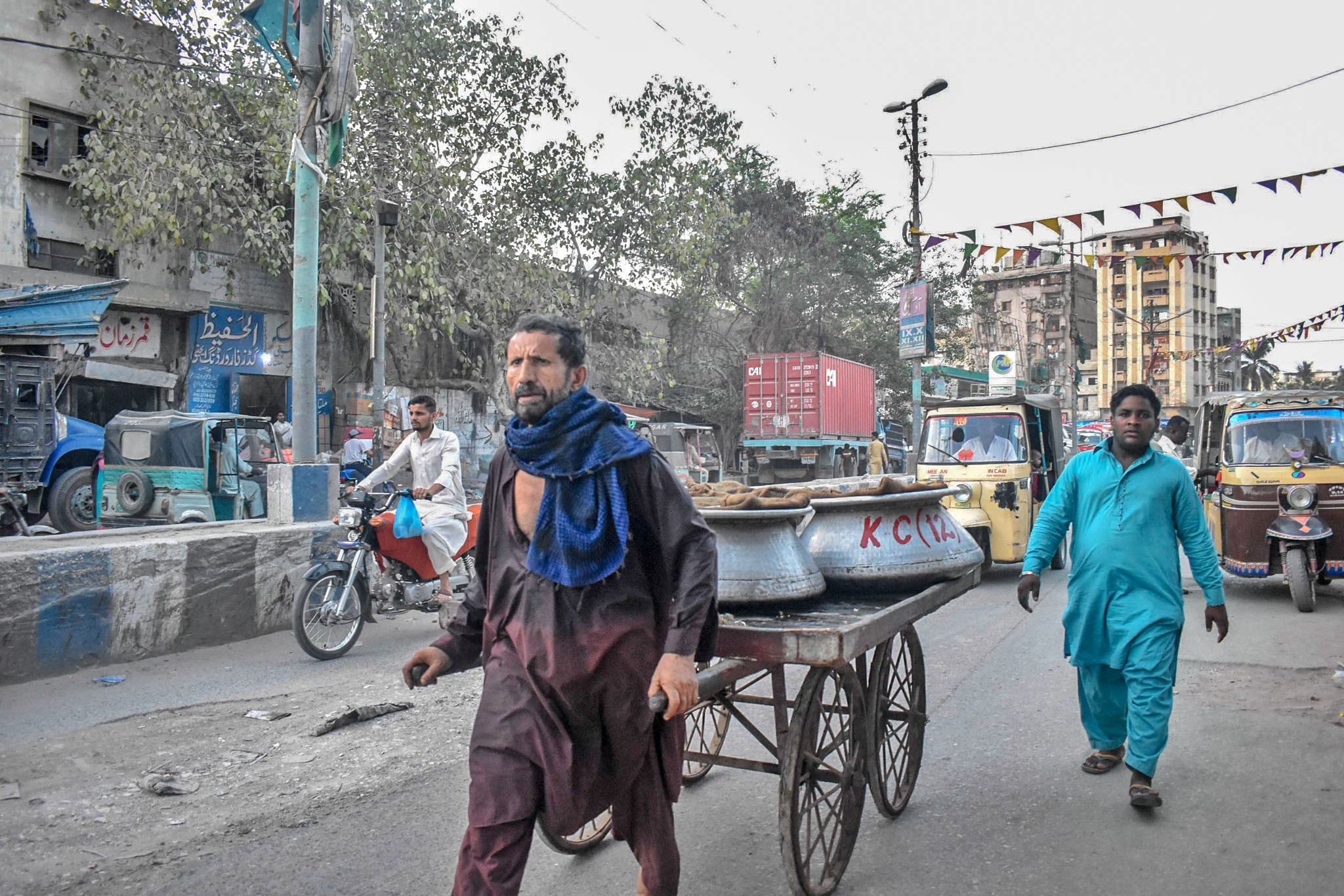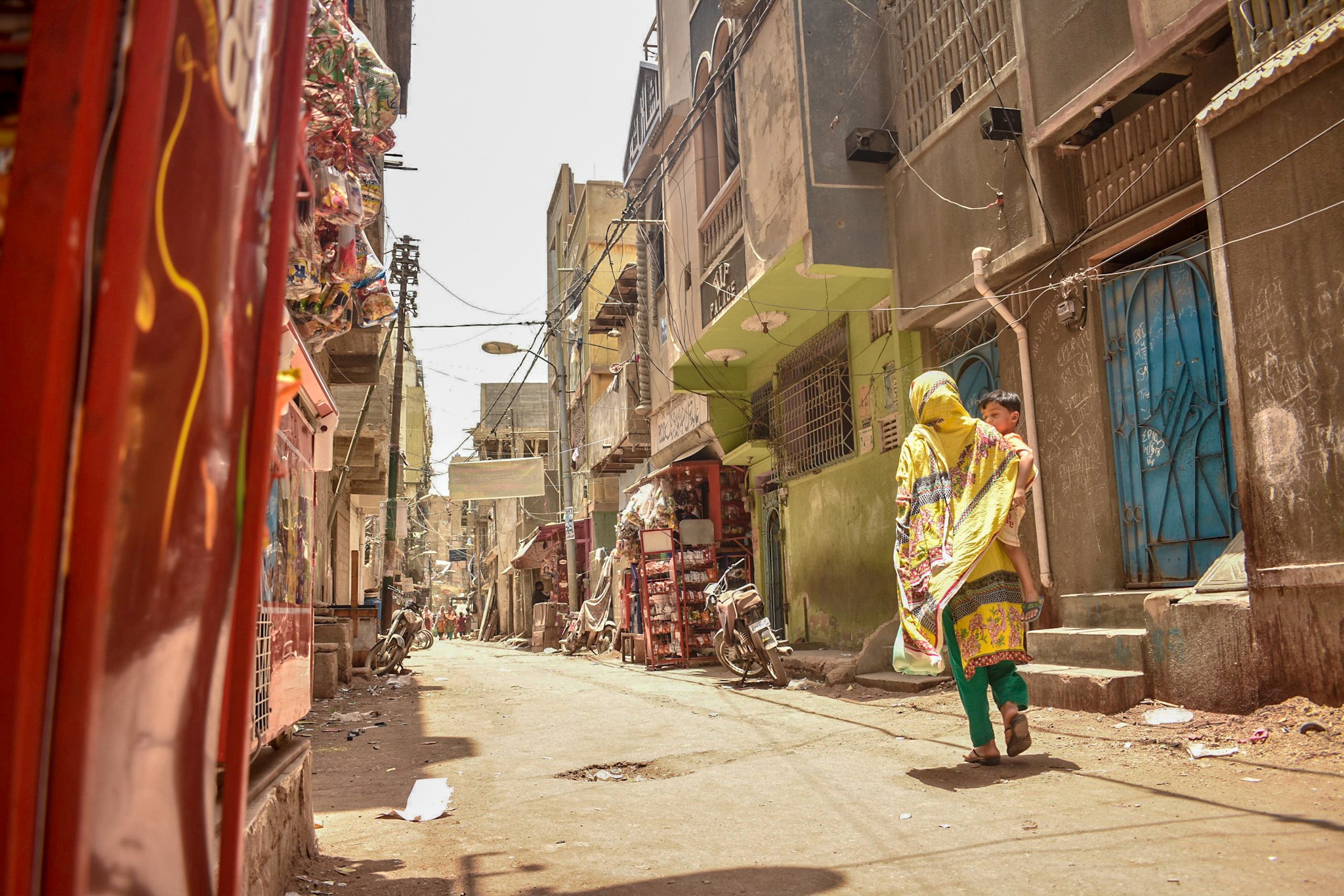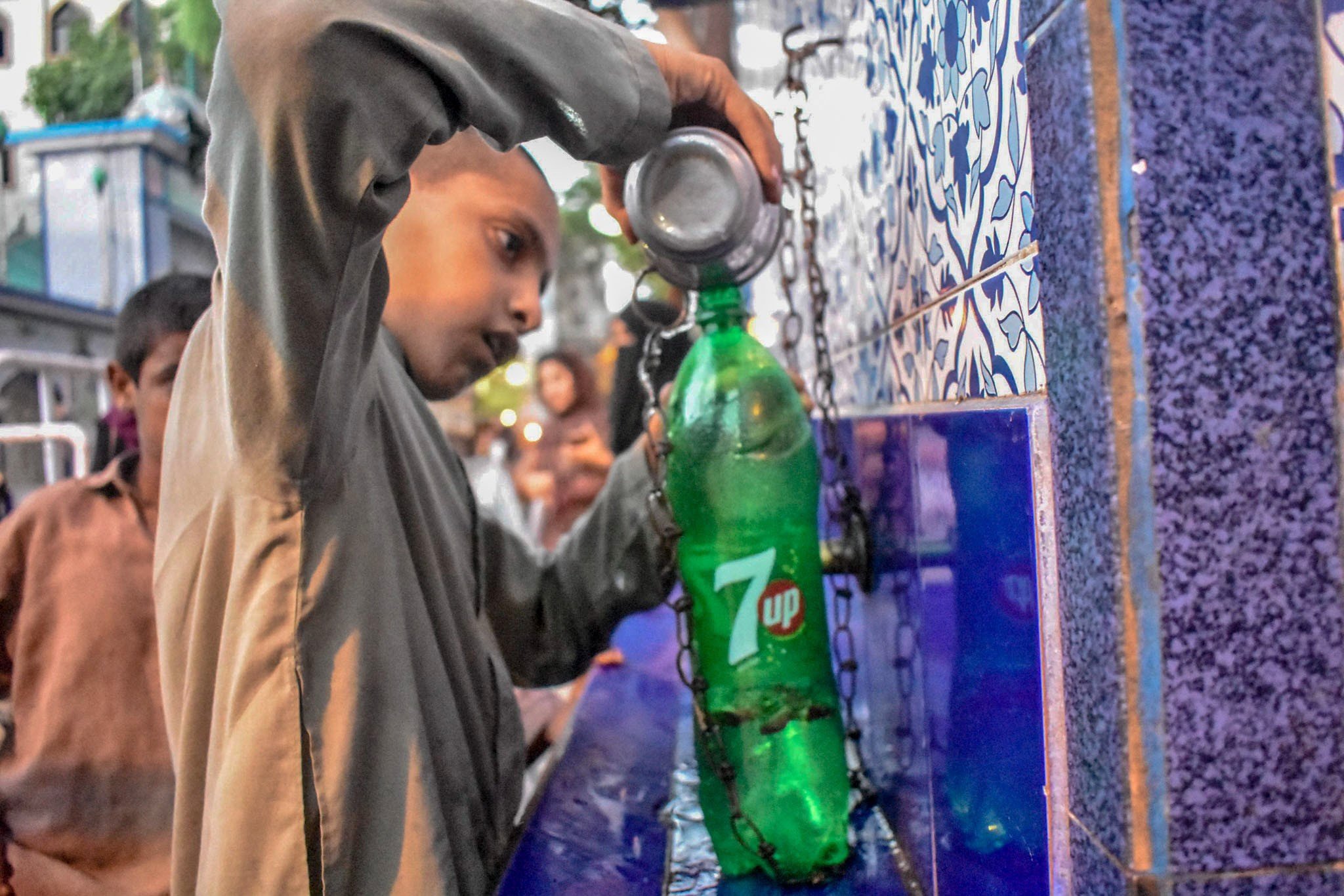“Lyari derives its name from the word lyar, a tree said to bloom in graveyards,” writes French author Laurent Gayer in Karachi: Ordered Disorder and the Struggle for the City (2014). How true. In my Lyari, previously infested with crime and drugs, and plagued by the bloodiest of gang violence, a small boxing club for girls, as young as five, sprouted out of nowhere a few years ago. Later, in these narrow, winding and torn-up streets a girls’ café was set up, outside which a gaggle of female cyclists can be seen moving in groups.
If you visit Lyari today, you will certainly run into Zulekha Dawood. The 26-year-old undergrad student is not difficult to spot. Photography gear in tow, and a scarf wrapped around her head, she often moves through the neighbourhood, alone, snapping away pictures with her hefty DSLR.
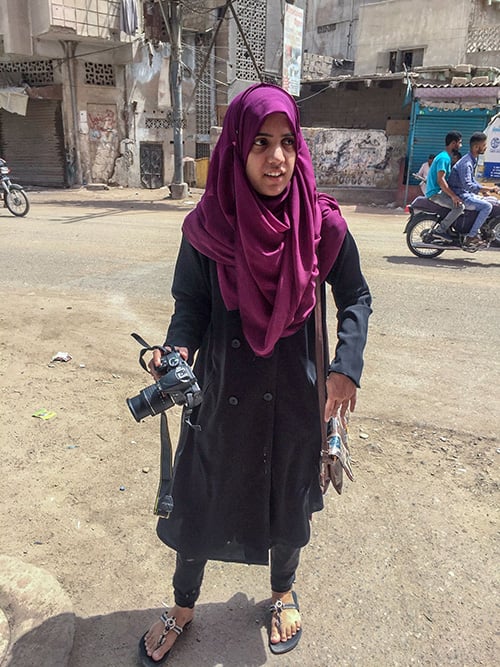
For Dawood photography is a passion, and Lyari is pure love. The eldest of four, first began experimenting with a camera in college, after taking a short photography course. “Initially I was shy, even a little scared to be going around the area on my own,” she tells Geo.tv, “What would people say? How would they react? Would I get hurt? But then my passion just took over.”
Landscapes don’t interest her. They don’t tell a story like people do. Her frames include images of women in Lyari, dressed in brightly coloured outfits huddled together or of the pigeons ready to take a flight, or of flowers, pink, red and orange that blossom ever so often in what was once Karachi’s most dangerous neighbourhood. Pre-2013, before the government launched a paramilitary operation to clean up the town, Dawood would never have dreamed of stepping out of her home. But it is safer now. “I could not have dreamed of roaming around this freely before 2013,” she admits, “I would not have been allowed to either. But after the operation, our youth are passionate again to change the image of Lyari.” Prior to the clean-up, she adds, her school only had one sports team for boys. Now, there is also one for girls.
Apart from Dawood, 10 other women in Lyari are pursuing photography professionally, five of whom Dawood knows personally.
While Lyari is slowing inching towards normalcy, it still isn’t easy being a female photographer in an area long been dominated by men. Last December, while Dawood and her friend were out on a ‘photo walk’, as they call it, they noticed two men making a video of them on their phones. Since the girls were on foot and the boys on a motorcycle, the two photographers decided to walk away as quickly as they could. However, a few months later, something similar happened again near the Kharadar area of Lyari. This time the boys also make lewd comments. “That day we thought we need to do something about this,” Dawood tells Geo.tv. The two pulled out their cameras and began snapping images of the boys. They were startled, and a little scared, as the two girls moved in for a closer image. Eventually, a few shopkeepers noticed the commotion and stepped in to ensure the girls’ safety. “We can’t let such incidents stop us from doing our work. What I do it much more important than what they [men] think.”
Rimsha is a young journalist from Lyari, Karachi



